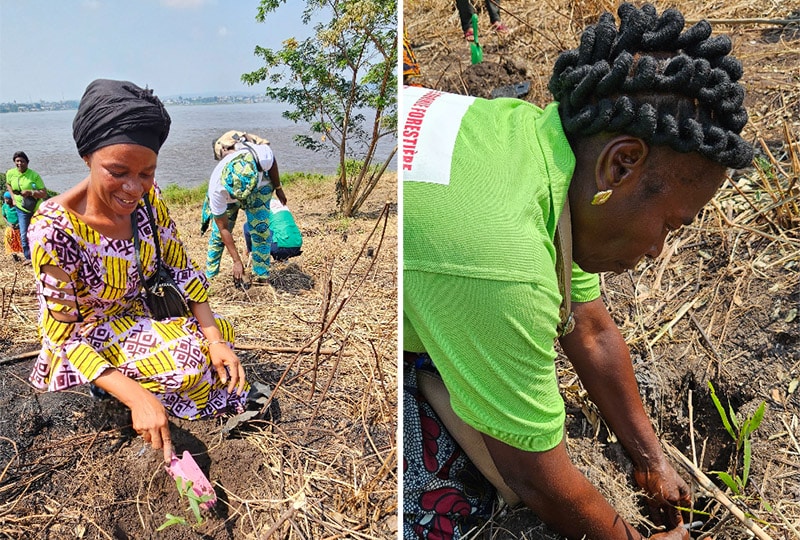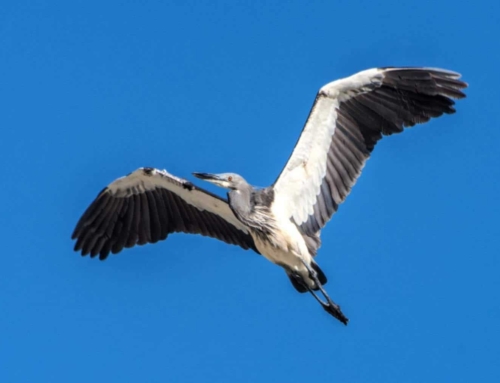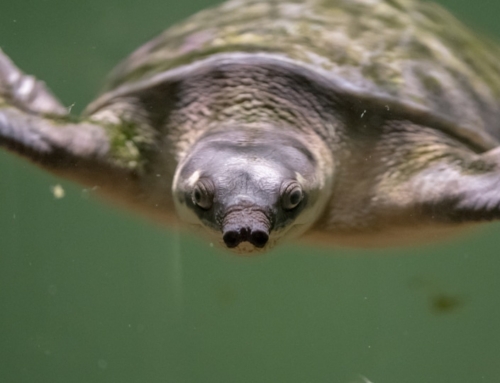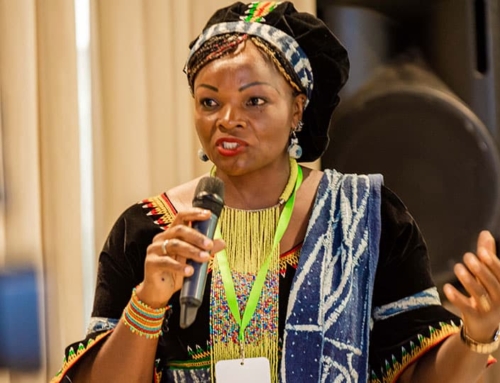Enjoy a behind-the-scenes peek at the images in our Programmes Team inbox with stories fresh from our partners about conservation work with local communities.
The First Forum of Indigenous and Local Community Women in Central Africa and the Congo Basin was held in Brazzaville, Democratic Republic of Congo.
On the first day of the conference, more than 50 of the attendees travelled to an urban park in downtown Brazzaville which has suffered greatly from erosion and deforestation, where people (including Angele and Josephine Abenga, pictured) got involved in planting seedlings.
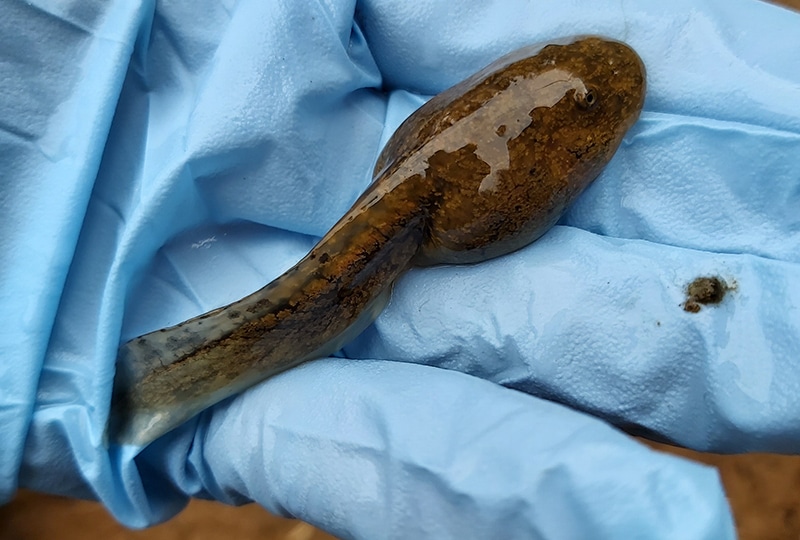
Image: Bolivian Amphibian Initiative
A large tadpole of the Titicaca water frog, an Endangered species which is the world’s largest aquatic frog – unlike most other amphibian species, it spends its entire life underwater and adults can reach an outstretched length of 20 inches.
The Bolivian Amphibian Initiative is working with the community of Isla de la Luna in Bolivia, which has expressed a keen interest in establishing a protected area around their island, to study and protect this species and develop an eco-tourism programme.

Image: WildAct Vietnam
“Đủ lượng chưa?”
“Is it enough?”
Students prepare food in the Carnivore and Pangolin Program of Cuc Phuong National Park for rescued wildlife as they learn about how rehabilitation centres care for animals.
WildAct Vietnam ran a Combating Illegal Wildlife Trade course for 19 participants who learned from leading conservationists across Vietnam studying topics from animal welfare and applied policy frameworks to science and technology.
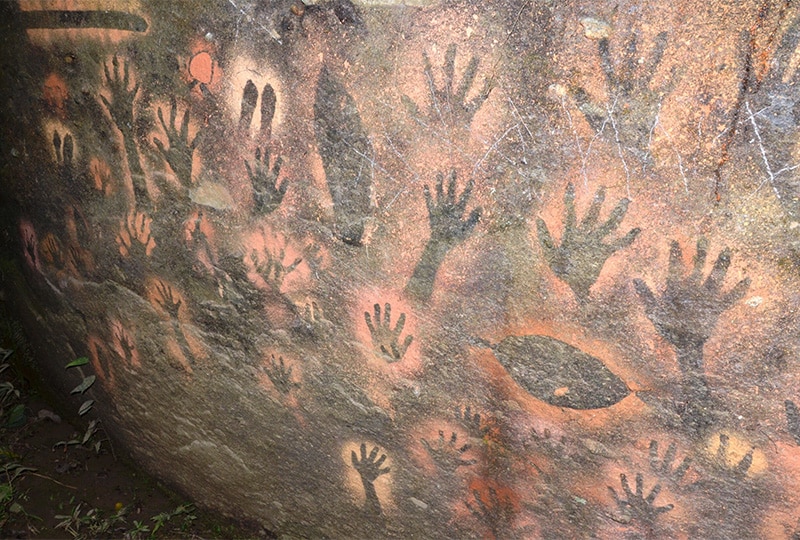
Image: Karawari Cave Arts Fund
The stencils and paintings on the walls of Pundimbung stone cave, Awim (Papua New Guinea). These are from just one of the caves in the network of cave arts and cultural history dating back to 20,000 years ago.
Karawari Cave Arts Fund is working towards the establishment of World Heritage Site listing of the largest cave art complexes in the world which continue to face threats from illegal logging expansion and imminent major road construction linking the interior highlands to the isolated remote community of Karawari.
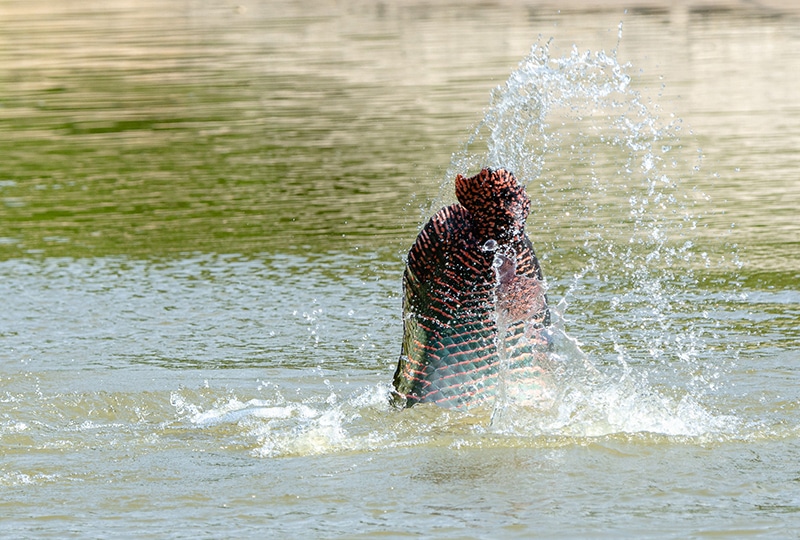
Image: Hugo Costa / Instituto Jurua
The arapaima or ‘pirarucu’, found in the Amazon basin, is among the world’s largest freshwater fish, reaching as much as 3 m (9.8 ft) in length. Arapaima breathe air, which means that they are often seen at the water’s surface and can be monitored more easily than gill-breathers.
Instituto Juruá have been training women in arapaima fisheries management along the middle Juruá River (one of the Amazon’s tributaries) in Brazil. The skills acquired through this training will enable these women to generate income and address food security through sustainable approaches to fisheries management, as well as ensure the arapaima populations remain sustainable.
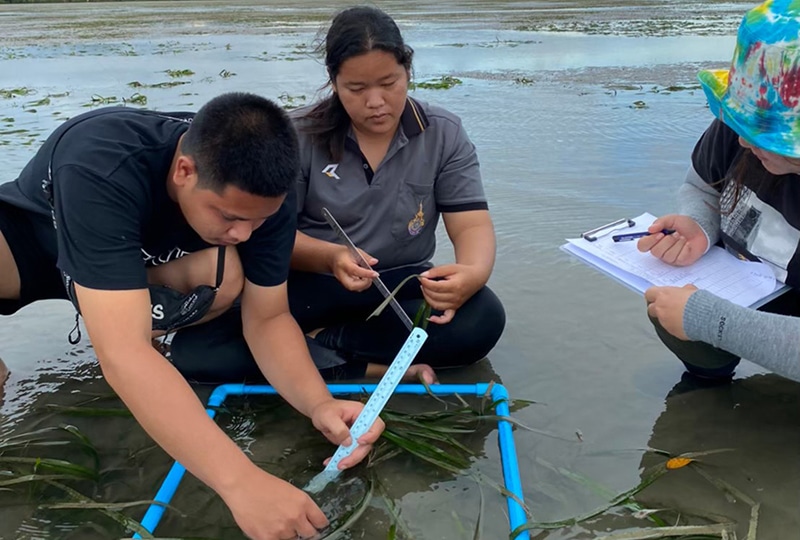
Image: Save Andaman Network
Save Andaman Network is working closely with local communities on the Andaman coast of southern Thailand to assess and survey seagrass habitat.
The team is also developing agreements around fisheries closures for the mutual benefit of fishers and wildlife, as well as creating protected areas, and training community members in seagrass restoration and monitoring techniques.
So far, Save Andaman Network has carried out training on seagrass restoration with 175 people and planted 1,500 seagrass plants as part of these training sessions.
Our programmes are full of stories!
Explore more updates from our partners, interviews with conservationists, and tales of challenges and successes from around the world.

